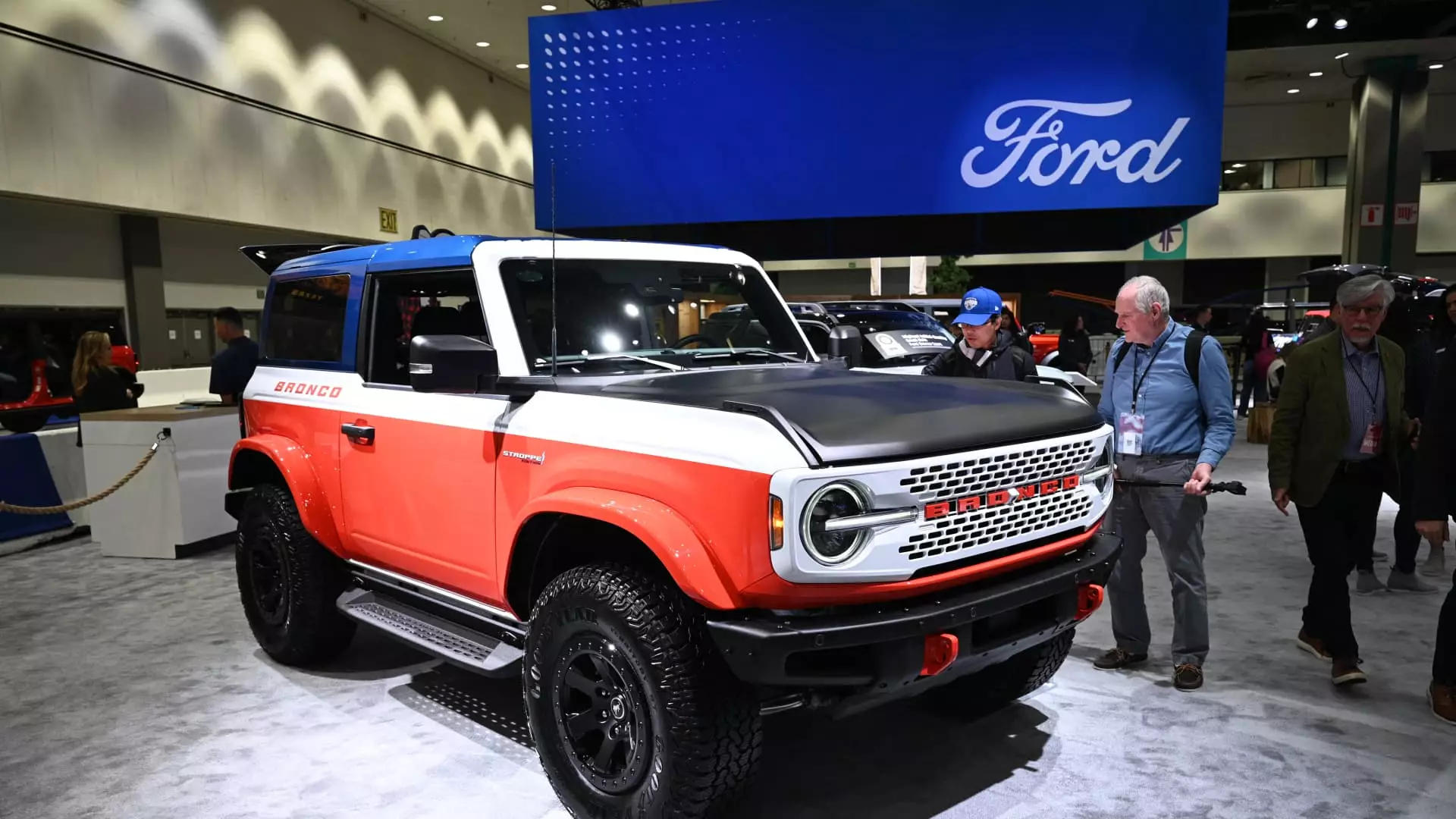The automotive industry, particularly in the U.S., has experienced tumultuous times over the past few years. The onset of the COVID-19 pandemic, compounded by years of supply chain challenges, drastically impacted vehicle sales nationwide. However, as 2024 comes to a close, both General Motors (GM) and Ford Motor Company have emerged with promising reports, indicating a significant rebound in sales. These developments represent not only a recovery from past adversities but also an adaptation to changing consumer preferences in the automotive market.
On Friday, GM and Ford proudly announced their best annual sales figures in the U.S. since 2019. This achievement aligns with expectations from market analysts who anticipated a strong resurgence in auto sales, estimating around 16 million vehicles would be sold nationwide. This figure is notably below the industry peak of 17 million vehicles sold in 2019 but marks a healthy recovery from the dips seen during the height of the pandemic.
According to GM’s report, the company achieved sales exceeding 2.7 million units, reflecting a 4.3% increase over 2023. Ford, likewise, showed resilience, moving 2.08 million vehicles, a slight improvement from the previous year. The relative stability in sales figures for these automakers hints at a renewed consumer confidence in purchasing new vehicles, alongside a broader industry recovery.
One noteworthy development in the automotive market is the significant rise in electric vehicle (EV) sales. GM reported a 50% increase in their EV sales, amounting to over 114,400 units sold, though this still represented only 4.2% of their overall sales. Meanwhile, Ford touted a remarkable 38.3% year-over-year increase in their electrified vehicle segment, which includes both hybrids and EVs, constituting 13.7% of their total sales for the year.
These figures underscore a transformative shift in the automotive landscape, where consumers are becoming increasingly inclined to move towards sustainable options. Even as traditional combustion engine vehicles remain the core of these companies’ sales, the notable uptick in EV interest showcases how automakers are adapting to the pressing demand for greener alternatives.
While GM and Ford are leading the charge, other automakers have also reported steady increases in their sales figures for 2024. Toyota, Hyundai, and Honda each announced modest but significant growth in their annual sales. For instance, Toyota reported a sales increase of 3.7% despite a downturn in December, signaling resilience amid broader challenges. Similarly, Honda increased its sales by 8.8% to 1.4 million vehicles, showcasing the diverse landscape of consumer preferences across brands.
These results illustrate that while GM and Ford might lead in overall units sold, the competition remains fierce as manufacturers implement their own strategies to capture market share and adapt to changing consumer demands.
Key executives from both GM and Ford expressed optimism about the future. Rory Harvey, GM’s president of global markets, emphasized the firm’s focus on excellent design and performance across its range of vehicles, expressing confidence in sustaining momentum into 2025. This confidence reflects a broader industry sentiment that the automotive market is on an upwards trajectory following a period of disruption.
With advancements in technology, especially surrounding electric and connected vehicles, the prospects for the coming years look promising. Both automakers aim to solidify their positions in the burgeoning EV market while maintaining strong sales in traditional vehicle segments.
As 2024 draws to a close, the auto industry boasts a renewed sense of vigor and adaptability. The performances of GM and Ford, alongside their competitors, highlight a landscape that is not only recovering from past adversities but evolving to meet future challenges. The increasing demand for electric vehicles suggests that the automotive sector will continue to transform, paving the way for innovation and sustainability in years to come. The year 2025 holds promise as these manufacturers carry their sales momentum forward, striving to meet consumer expectations in an ever-evolving market.

